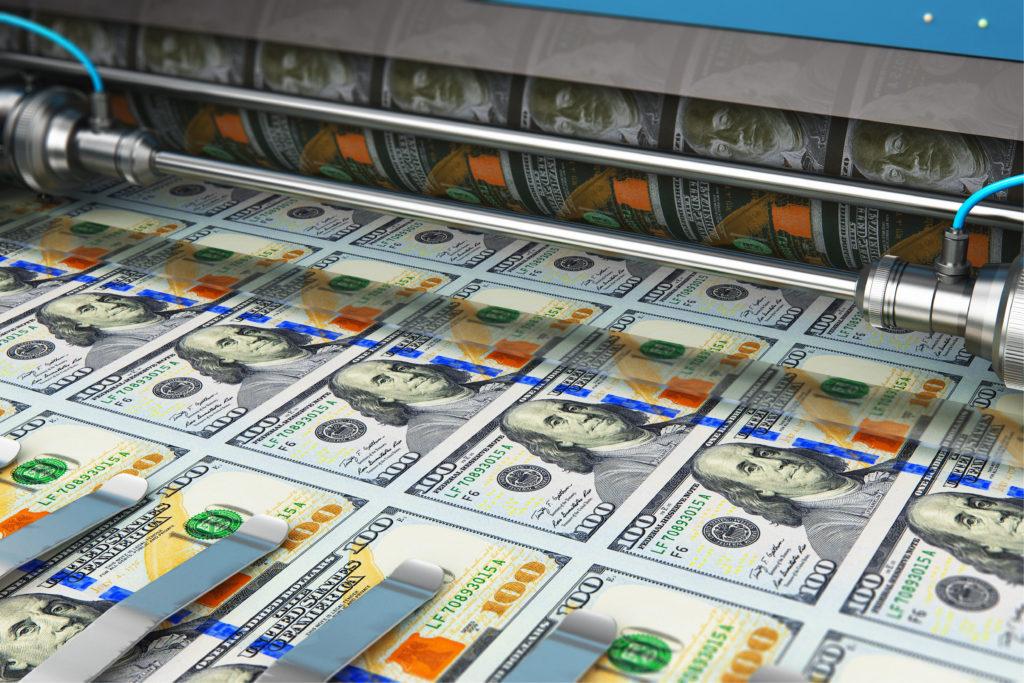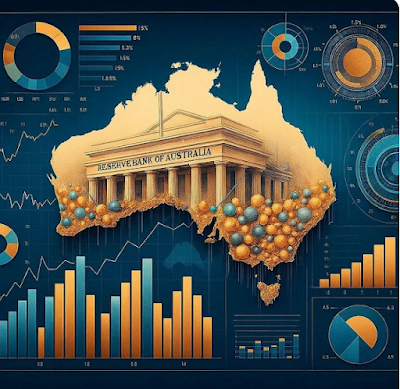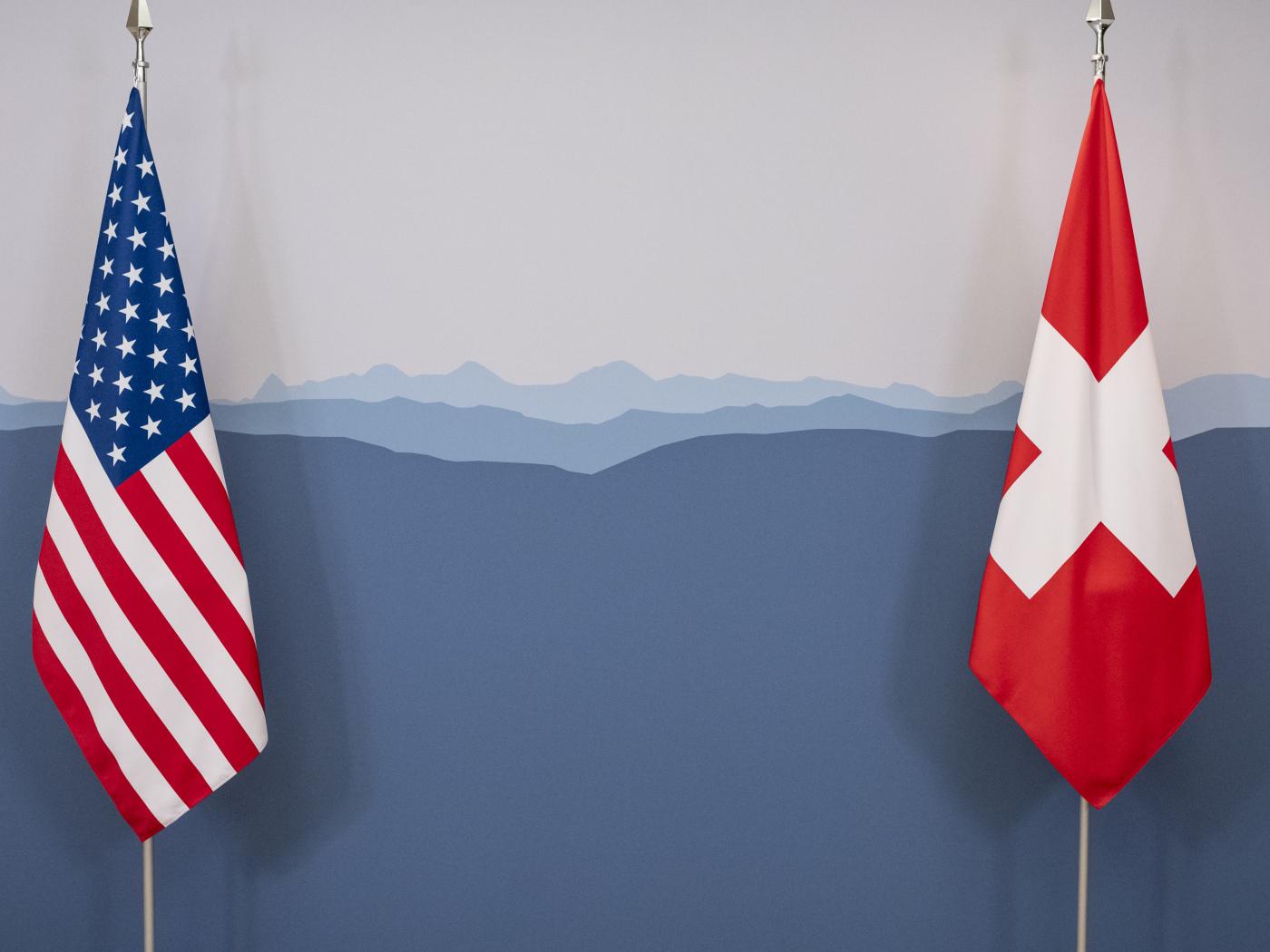 [In the second part of this interview, Brazilian journalist André de Godoy speaks with Antony Mueller about the relationship between credit and money, the inflationary process, and its relation to the real economy. How will the current debt binge end? What comes after Quantitative Easing?]
[In the second part of this interview, Brazilian journalist André de Godoy speaks with Antony Mueller about the relationship between credit and money, the inflationary process, and its relation to the real economy. How will the current debt binge end? What comes after Quantitative Easing?]
André de Godoy: Ludwig von Mises mentions in his books that credit expansion is one of the causes of the inflation beyond the monetary expansion. What are the similarities and differences between those two phenomena?
Antony Mueller: Money comes into circulation through the channel of credit. Commercial banks get a loan from the central bank and provide loans to consumers, business, and government. Thus, there are two sources of credit creation and two basic types of money: central bank money and depository money. The modern monetary system is a pure credit system based on fiat money without a physical backing such as gold, for example. Governments left the gold standard with the beginning of World War I and they never returned to it. Nowadays, the government through its central bank can create as much money as it wants.
Godoy: What exactly is the relationship between credit and money?
Mueller: While fiat money is based on credit, not all money impacts on the economy. For example, commercial banks can borrow money from the central bank and not use it for loans but deposit it in their accounts at the central bank. Then more central bank money does not mean more commercial credit for the investors and consumers in the economy. Also, more money that comes into the economy does not necessarily mean more demand because the holders of money may slow down the frequency of transaction–the so-called velocity of money. When the economic agents spend less and hold their money assets for longer period of time, the velocity of circulation of money slows. Therefore, it is wrong to postulate that more money means more credit and that more money always means more spending. That was the false assumption of the monetarists.
Godoy: Concerning the exchange rate policy, how can the variations of the exchange rate lead to inflation?
Mueller: In the long run, the exchange rate reflects the purchasing power parity. In the short run, however, significant deviations happen because of policy intervention and because the central banks manipulate the interest rate. One intervention leads to the next, and finally everything gets messed up. For example, when the governments try to stimulate their economies through extra deficit spending, the interest rate should rise because of inflationary expectations, yet the central bank may counter this and keep the monetary interest artificially below its natural rate. In this case, smart money leaves the country and the currency devalues. When, as it is often the case with developing countries and emerging economies, the import elasticity is low, the quantity of the imports will not fall very much even when the price of the imports in domestic currency rises as a consequence of the exchange rate devaluation. This then may ignite price inflation at home and then, in turn, even more money tends to leave the country. In its desperation, government then typically feels forced to manipulate the exchange rate or to impose capital controls. In the end, the mess is so great that the stimulus experiment backfires and instead of the intended economic expansion, the country suffers a foreign exchange crisis along with an economic contraction or even a collapse.
Godoy: Inflation is a subject that often shows up in the news, but the causes of the inflation do not get as much attention as its consequences. What are the causes of inflation and how do the factors interact?
Mueller: Let us first make it clear that the term “inflation” suffers from a false use. The exact meaning of inflation is the expansion of the money supply. To say that “inflation rose” makes no sense because the term inflation refers to a volume, the monetary volume, which can expand (inflate) or contract (deflate). When I talk about the price level, I prefer the term “price inflation” to differentiate the fall and rise of the price level from the inflation that takes place with the expansion and contraction of the money supply. Additionally, Austrian economics stresses that the relationship between monetary expansion and the price level does not work in a mechanical way.
Godoy: Could you explain the process?
Mueller: To put the problem as simply as possible, one may say that price inflation happens when spending grows faster than the production. An excess of spending over production results when the money supply expands and when business, consumers, and government borrow to spend more. The discrepancy between the demand and the supply of goods and services leads to rising prices. Price inflation may also happen without the expansion of the money supply when a so-called supply shock happens and the supply of goods contracts. Then prices rise because the volume of goods has shrunk while the money supply has not changed. In order to understand inflation, one must keep various factors in mind: the process of how money enters the economy beginning with the central banks and the credit policy of the commercial banks, the rates of change of the money supply, of the credit volume, and of the velocity of transaction, as well as the nominal aggregate spending compared to the real supply of goods and services. The economics of inflation is not an easy topic.
Godoy: When the government expands the monetary base but the commercial banks do not put the excess money into circulation, money in the hands of the public does not increase. Does this mean that in this case there will be no increase of prices and reduction of the purchasing power?
Mueller: Yes, that is how it works. In the end, the outcome depends on human action. Human action takes place in time and therefore expectations matter. Inflationary expectations feed on themselves and likewise do deflationary expectations. That is why both processes, once they gain momentum, are so hard to control. If we had a sound monetary system, expectations would be relatively stable. Yet we have a state-run fiat monetary system with fractional reserve. Such a monetary system is not only very volatile but prone to prolonged phases of credit expansion and credit contraction. These big cycles can cover decades. We have been experiencing such an expansionary cycle in the industrialized countries since the end of the link of the US dollar to gold in the 1970s.
Godoy: Can this cycle end?
Mueller: This current cycle has been long overdue to turn into a contraction. Yet all major central banks have been fighting like mad against the trend. In Japan, the futile fight began already in the 1990s, in the United States it started at the beginning of the new millennium. Since the European debt crisis about ten years ago, the European Central Bank has also joined in. Thus, what we observe today is a desperate fight against deflation.
Godoy: How does the unitary decrease in the money value happen under a fiat system?
Mueller: Under the gold standard or a similar system with a strong anchor that moors the money supply, there will be fluctuation of the money supply in the short run. In the long run, prices will tend to fall as productivity increases. Expectations do not get out of whack, because inflation and deflation cannot deviate disproportionately. Yet under a fiat monetary system, inflation and deflation can take on excessive proportions. I fear that the ketchup parable of inflation holds up. You shake and hit the bottom of the ketchup bottle, but nothing comes out. Suddenly, the ketchup splashes onto your plate, on the table and on your shirt in a burst. It is the same with money inflation. The central banks push and shake, and no price inflation appears, until it suddenly comes as a massive burst of price increases and as hyperinflation. The analogy holds also for what comes after it. Whereas the ketchup sauce pours out of the bottle in a splash, it takes a lot of work and a long time to get the excess sauce back into the bottle. In fact, a full redoing will be impossible. Under a fiat monetary system, it is not only inflation that comes suddenly as a splash but also deflation. Under a fiat system, a monetary contraction is malicious, because it will typically show up out of the blue and play havoc with the business of the economic agents.
Godoy: As a final question, please let me ask you for your outlook for the US American economy compared to Brazil’s.
Mueller: The two economies are in very different stages of the business cycle. Brazil is still in a slump that began five years ago which brought with it an unemployment rate of over ten percent (and the rate still lingers above this mark), while the United States is officially at full employment. The question is when Brazil may recover and if the United States economy will tank. First to Brazil: Since January 1, 2019, Brazil has a new government which is different from its predecessors, as it has a strong promarket profile. Confidence is on the rise, and in this respect it is only a question of time when the Brazilian economy will recover. However, there are two risks: firstly, that inflation may come back to haunt Brazil when the recovery gets stronger and secondly, what will happen if the international economic environment continues to weaken and Brazil’s major trading partners, including China, enter into a recession.
Godoy: How about the United States?
Mueller: The policymakers have fabricated a gigantic balloon that has taken us atop a pyramid. We know that this situation is unsustainable, but we do not know to which side the balloon will fall. The American central bank has tried several times to deflate the balloon but blinked as soon as the stock market started to wobble. Like fiscal policy, monetary policy has painted itself into a corner: fiscal policy with too much public debt and monetary policy with too much private sector debt. Austrian economists have always warned that such policies of excessive credit creation will end in a disaster. I suspect that we have moved beyond the disaster stage and are approaching a catastrophe, which hopefully will serve as a wake-up call and alert the public and the policymakers about the need to reform the monetary system.
Full story here Are you the author? Previous post See more for Next postTags: newsletter
























